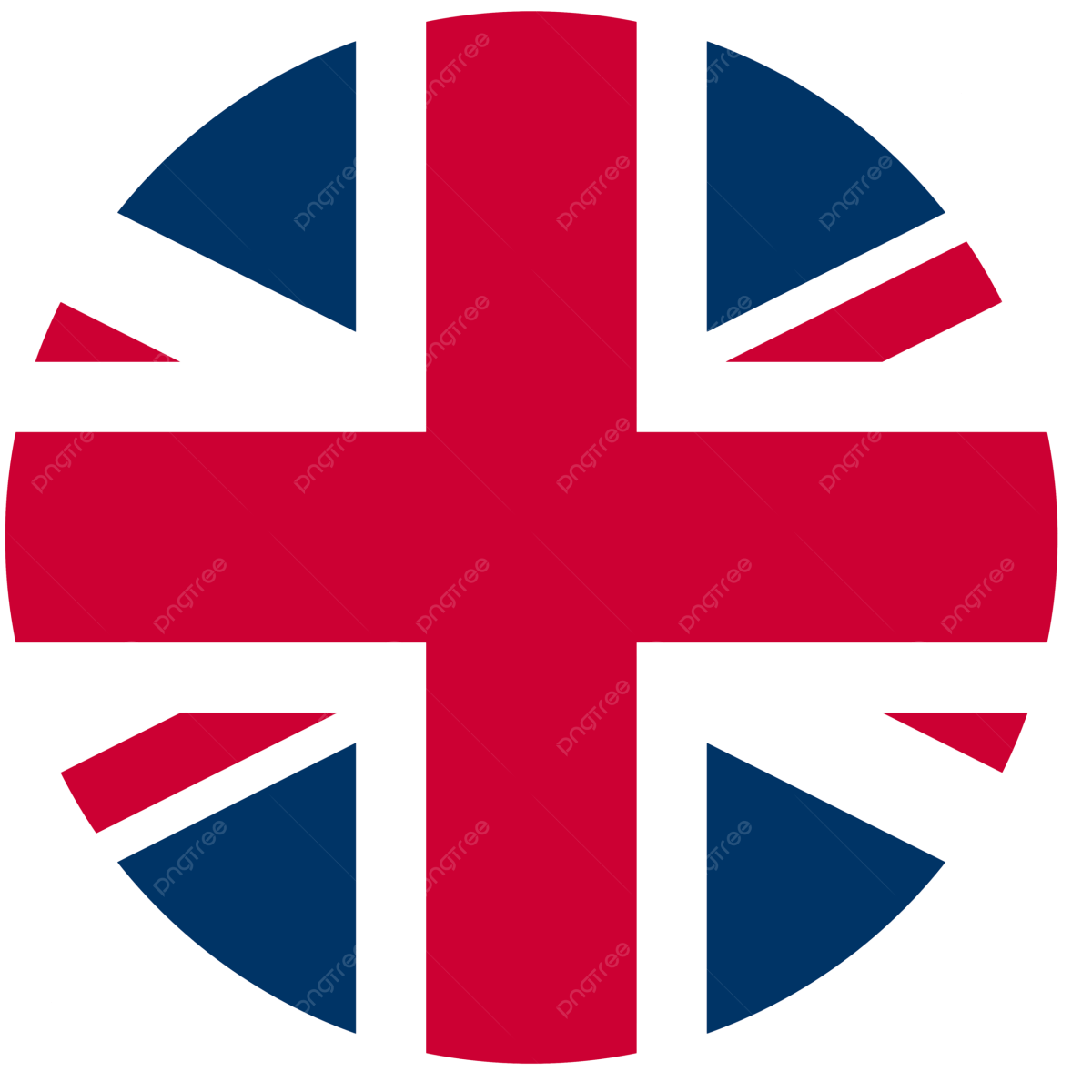Introduction
In today’s fast-paced real estate market, appearances are everything—especially online. With over 96% of buyers beginning their home search digitally, the visual presentation of a listing has the power to determine whether it gets clicked, shared, or ignored. Enter custom virtual staging, a powerful tool that combines design, technology, and trend awareness to make properties not just visible, but irresistible. As home design preferences evolve, virtual staging must do more than just fill empty rooms—it must reflect current buyer desires and lifestyle trends to truly drive sales.


Why Staying on Trend in Virtual Staging Matters
The ROI of Trend-Aware Staging
Virtual staging isn’t just an aesthetic upgrade—it’s a proven sales strategy. According to the National Association of Realtors (NAR) 2025 Profile of Home Staging, staged homes sell for 1% to 5% more than their non-staged counterparts, with some virtually staged properties seeing premiums as high as 17%. The benefits go beyond price: virtual staging can reduce time on market by up to 73%, helping listings move from stagnant to sold in a matter of days.
The average cost per virtually staged image is just $42 CAD, compared to traditional staging costs averaging over $7,000 per home. This affordability, combined with performance, results in ROI figures ranging from 500% to over 1,500%, depending on listing quality and design choices.
Buyer Psychology and Visual Expectation
Today’s buyers don’t just want a house—they want a lifestyle. Visual storytelling is essential to helping potential buyers imagine themselves in a space. In fact, 82% of buyer’s agents say staging helps buyers visualize the property as a future home (NAR). When staging aligns with current design trends—like Japandi serenity, biophilic wellness, or warm minimalist comfort—it resonates more deeply, generating 87% more listing views and 48% more inquiries than unstyled or outdated imagery.


Top Virtual Staging Trends for 2025
Biophilic Design: Bring Nature Home
Biophilic staging integrates nature-inspired elements like houseplants, sunlight, organic textures, and open layouts that connect indoor and outdoor spaces. In 2025, this design philosophy is more relevant than ever. Properties staged with biophilic features command up to 15% higher sale prices and rent out 30% faster, according to reports from the Financial Commission of Quebec (FCIQ).
Think soft linen throws, natural wood surfaces, hanging greenery, and large windows layered with light. Buyers perceive these spaces as healthier, more relaxing, and environmentally responsible—traits increasingly in demand in post-pandemic living.
Japandi Style: Minimalism Meets Function
The fusion of Japanese minimalism and Scandinavian utility, Japandi is calm, intentional, and elegant. With natural textures, low-profile furniture, neutral palettes, and subtle contrast, it balances simplicity and warmth.
Staging a condo with Japandi design—wood slat partitions, linen cushions, neutral textiles—creates a refined atmosphere that attracts wellness-focused millennials and downsizing professionals alike. Its wide appeal makes it ideal for modern listings across urban and suburban markets. Case studies show listings using Japandi styling receive more inquiries from design-conscious buyers seeking tranquility and authenticity.
YOU MAY ALSO LIKE:
- Virtual vs. Traditional Staging | Which Wins Your Home Sale?
- Essential Tools for Real Estate Professionals: Basics of Virtual Staging
- How to Choose a Virtual Staging Company for Your Property


Warm Minimalism: Comfort Meets Calm
Warm minimalism continues to rise as buyers seek the simplicity of minimal design without the coldness. Think sculptural furniture with soft curves, boucle upholstery, warm white walls, and textured accents. This trend emphasizes “intentional coziness”—a key emotion in staging psychology.
The emotional impact is profound: buyers tend to spend more time engaging with warm minimalist listings, and agents report stronger emotional responses during showings. It’s ideal for smaller spaces, starter homes, or any listing aiming to feel both organized and inviting.
Comparison Table: Outdated vs. Trendy Virtual Staging Looks
| Feature | Outdated Staging | Trend-Savvy Virtual Staging (2025) |
| Furniture Style | Bulky, dark wood sets | Sleek, curved, multifunctional pieces |
| Color Palette | Harsh whites, dark browns | Earth tones, soft neutrals, pops of jewel |
| Accessories | Random vases, generic wall art | Biophilic accents, statement lighting |
| Layout | Symmetrical, formal room setup | Open flow, space-saving functionality |
| Materials | Synthetic finishes, chrome | Natural wood, stone, matte metals |
How to Tailor Virtual Staging to Your Buyer Profile
Regional Preferences and Property Types
One-size-fits-all staging no longer cuts it. The smart strategy is hyper-targeted customization based on:
-
Location: A Vancouver loft may benefit from Japandi and biophilic tones, while a Texas ranch might stage better with rustic transitional styles.
-
Buyer Demographic: Young professionals prefer modern minimalism and statement art; older buyers may gravitate toward transitional comfort and warmth.
-
Property Type: Condos need space-saving solutions and bold styling; family homes benefit from cozy, lived-in atmospheres.
At Bella Virtual, we tailor every virtual staging project based on location, target buyer, and current design research—backed by deep market insight.


Choosing the Right Style with Expert Help
DIY virtual staging platforms offer basic templates—but lack the expertise to read the market. A mismatched style can alienate buyers or make the listing feel inauthentic.
💡 Looking to make your listing stand out with trend-savvy staging? Our team at Bella Virtual can help you transform any space with Virtual Staging, Residential 3D Rendering, or Virtual Renovation & Staging. Want personalized advice? Contact Us today.
DIY Tools vs. Professional Customization
Why Pro Services Outperform Automated Platforms
While some platforms offer AI-generated room visuals or quick templated staging, these tools often fall flat on trend integration. They rely on generic renderings, may miss architectural nuances, and cannot adapt styles by region or buyer type.
By contrast, Bella Virtual’s human-led designers use industry data and buyer psychology to deliver custom, on-trend staging that aligns with your specific listing strategy. From selecting fabrics with earthy texture to lighting that enhances space perception, our process ensures visual cohesion and emotional resonance.
“There are many Virtual Staging companies that offer a variety of customization options,” but few deliver trend-informed staging as Bella does.
Real-World Examples from Bella Virtual
- A Toronto penthouse using biophilic staging (indoor plants, organic textures) saw online inquiries jump by 52% in one week.
- A California mid-century home staged with warm minimalist textures and layered lighting sold 12 days faster than market average.
- A compact city condo staged in Japandi style with light wood, low-profile seating, and linen curtains received 18% more listing views and drew multiple offers within 72 hours.
Use virtually staged furniture with soft, rounded edges and fabrics in neutral tones with pops of color, as seen in our Virtual Renovation & Staging examples.


FAQ
-
What if the buyer doesn’t like the staging style?
Virtual staging is non-permanent and easily updated—styles can be changed quickly to appeal to different buyer segments.
-
Is it worth customizing virtual staging for a short sale timeline?
Yes. Customized staging improves emotional impact and can drastically shorten time on market—saving holding costs even in short sales.
-
How do I pick the right virtual staging service?
Choose services that offer human-led customization, design expertise, and staging based on current trends—not just templates.
-
Can I request a specific style like Japandi or biophilic design?
Absolutely. Bella Virtual specializes in style-based requests tailored to both buyer personas and architectural details.
-
Is virtual staging better than real furniture staging?
Virtual staging is faster, significantly cheaper, and better suited to online listings—especially when the design is trend-informed.
-
How much does professional virtual staging cost?
Typically around $42 CAD per photo—compared to $7,000+ for physical staging. It offers unbeatable value with high ROI.
-
Does Bella Virtual offer guidance on choosing styles?
Yes. Contact Us and our design experts will guide you based on your listing and target market.
Conclusion
Customizing virtual staging to reflect market trends is no longer optional—it’s essential. Buyers are drawn to spaces that feel modern, intentional, and livable. Whether it’s the calm of Japandi design, the vitality of biophilic elements, or the inviting elegance of warm minimalism, trend-savvy staging drives clicks, offers, and sales.
In a digital-first housing market, styling your listing to reflect 2025’s leading trends can elevate your marketing game, capture the right buyer, and maximize your returns. For real estate agents, developers, and sellers looking to lead—not follow—the market, professional virtual staging with trend customization is the competitive edge.
Need help selecting the right staging style for your listing? Contact Us and let our experts guide you.














